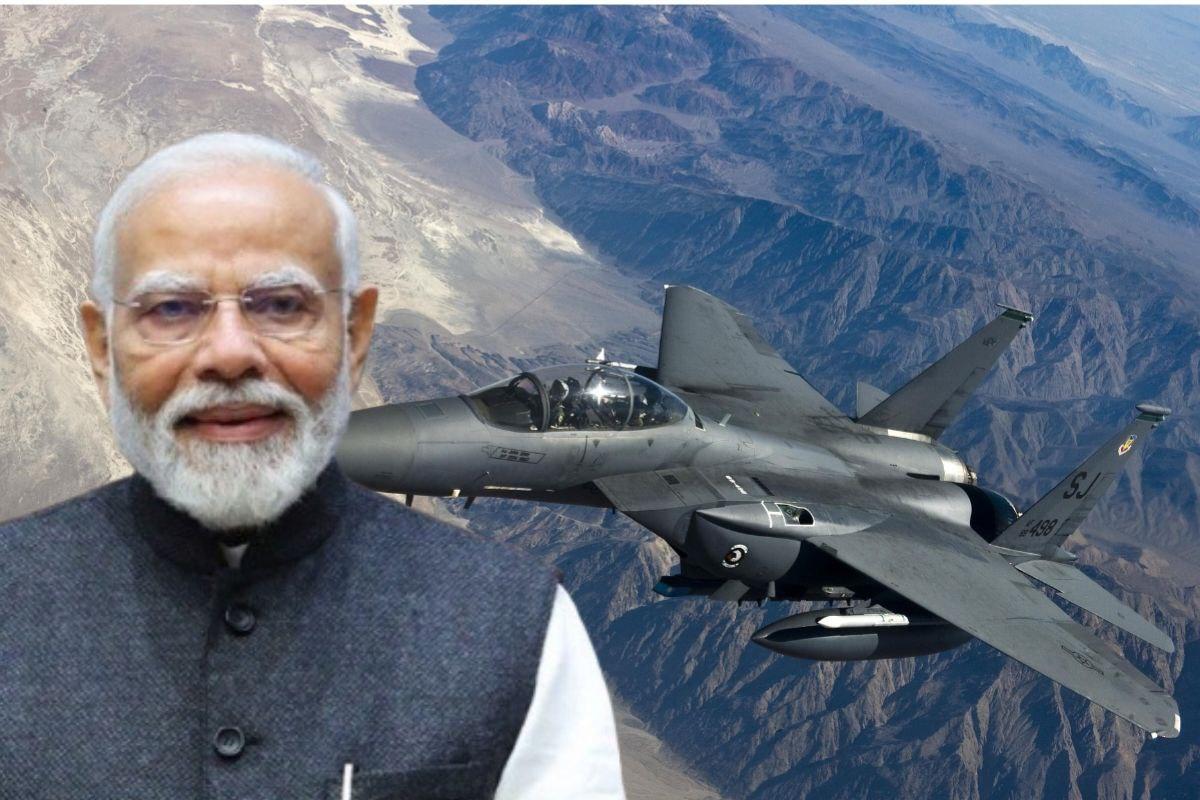
In a significant development aimed at bolstering India’s defence self-reliance, the Indian government has formally sent a “Letter of Request” to the United States for the joint production of Javelin Anti-Tank Guided Missiles (ATGMs) on Indian soil. The move is being seen as another major milestone under the ‘Make in India’ and ‘Atmanirbhar Bharat’ initiatives in the defence sector.
A senior Indian defence official confirmed to The Hindu that this formal request has been submitted to Washington, and the intention behind it is to initiate the groundwork for collaborative production of the Javelin missile systems between India and the US. If this proposal materializes into a concrete deal, it would lead to the manufacturing of one of the world’s most advanced anti-tank guided missiles within India using American technology.
The Javelin ATGM is regarded as one of the most potent third-generation fire-and-forget missile systems globally. Jointly developed by two American defence giants, Lockheed Martin and Raytheon, the missile has seen extensive and effective use during the Russia-Ukraine war. Ukrainian troops, using these missiles supplied by the US, were able to severely damage Russian tank units. Its top-attack capability specifically targeted the weaker upper armour of Russian tanks, forcing Moscow to reassess its deployment strategies and even withdraw armored units from several fronts.
The technical specifications of the Javelin missile speak volumes about its battlefield utility. Weighing around 22 kilograms and measuring 1.1 meters in length, it boasts a range of 65 meters to 2.5 kilometers, with newer variants capable of reaching up to 4 kilometers. The missile travels at subsonic speeds and utilizes a fire-and-forget mechanism, allowing the operator to lock onto the target and relocate immediately without needing to track the missile’s path.
This capability is especially important for Indian security needs in challenging terrains such as Ladakh, Arunachal Pradesh, and parts of Jammu and Kashmir. The Indian Army has long emphasized the need for light, portable, all-weather weapon systems that can be deployed by a small team without vehicle support. The Javelin fits all these criteria.
The estimated cost of manufacturing each missile in India is expected to fall between ₹1 crore to ₹1.5 crore. The production responsibilities are likely to be shared between India’s Defence Research and Development Organisation (DRDO) and a major private sector defence firm, possibly Bharat Dynamics Limited (BDL) or Larsen & Toubro (L&T).
This is not the first instance of India and the US working closely in defence manufacturing. The recent decision to co-produce GE F414 jet engines in India, the procurement of MQ-9 Reaper drones, and ongoing talks over Strike Vehicles all point to growing defence industrial cooperation between the two democracies. The Javelin missile, once included in this list, would further solidify the strategic partnership between the two nations.
The potential collaboration carries more than just tactical value. It would enhance India's indigenous defence production capabilities and send a strong message globally—that India is no longer merely an arms importer but a capable manufacturer of cutting-edge military technologies. It’s a step towards strengthening national security while simultaneously fostering industrial growth and technological transfer.
Recent discussions between Indian Defence Minister Rajnath Singh and US Defense Secretary Lloyd Austin have reportedly given fresh momentum to this proposal. The talks are being interpreted by experts as a sign of shared strategic interests and a deeper alignment of defence priorities.
As India moves forward on this ambitious path, the domestic production of Javelin ATGMs could prove to be a game-changer, not only for India's military preparedness but also for its growing stature in the global defence manufacturing arena. The question now remains: will this proposal translate into a binding agreement and finally turn into a landmark project for India’s defence self-reliance?




